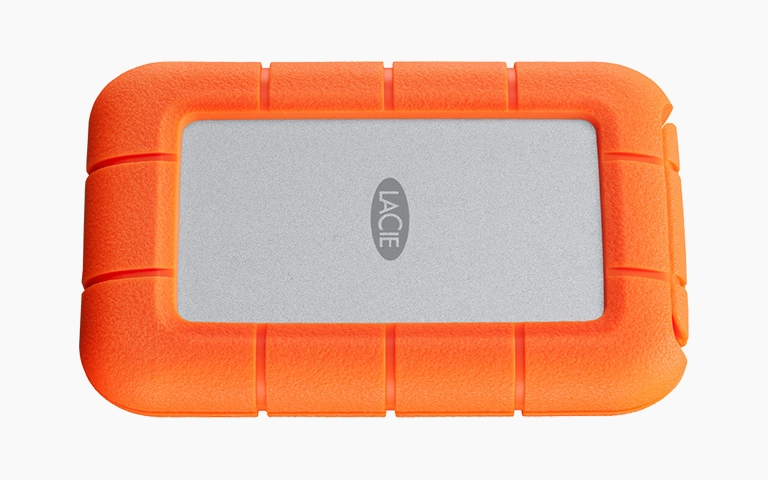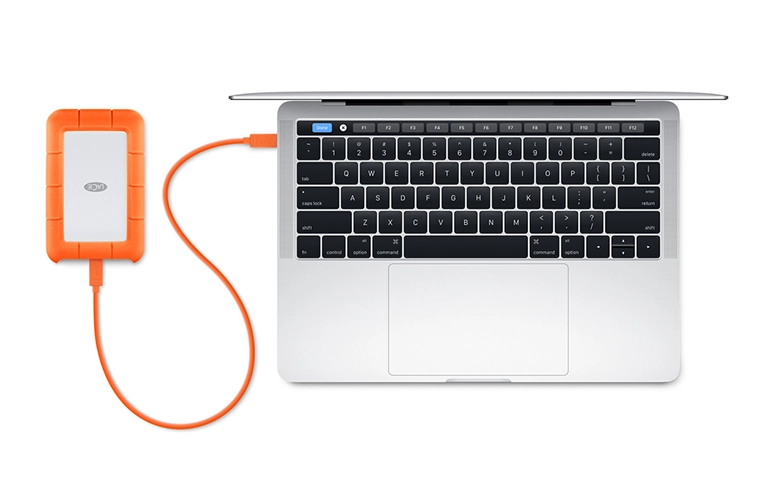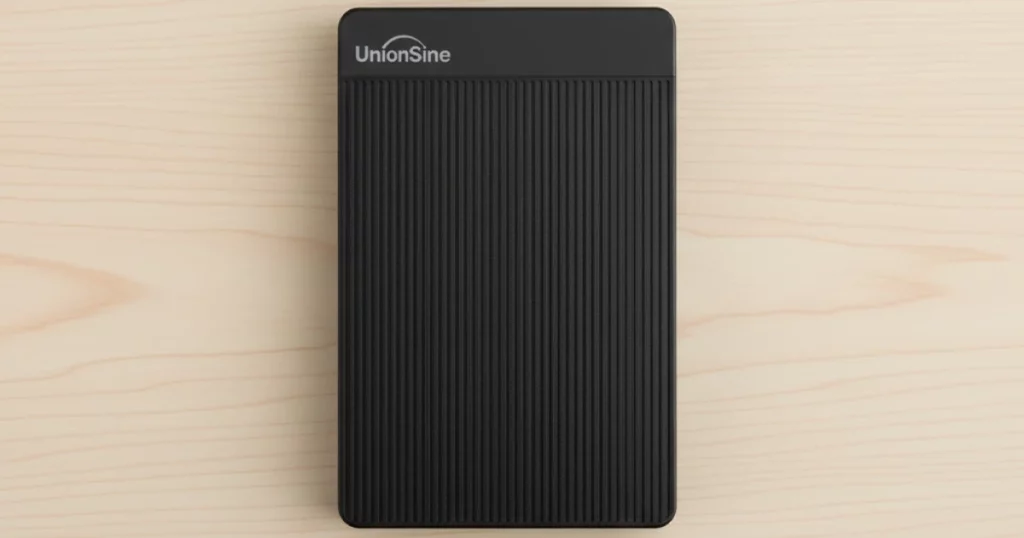Our team recently handled a high-priority case involving a LaCie Rugged SSD Pro 4TB that had been compromised by malware. The client, a licensed psychologist based in Ontario, California, used this drive to store sensitive patient records and case documentation critical to her work
After the malware infection, she lost access to key folders and experienced performance issues that disrupted her workflow. The urgency and privacy requirements of the situation called for a secure and professional recovery. This case study outlines how we identified the issue, removed the malware’s impact, and successfully recovered the medical data.
Background: Medical Data Stored on LaCie Rugged SSD
The client relied on the LaCie Rugged SSD Pro for daily use. Its high-speed Thunderbolt 3 interface and durability made it her preferred device for storing active session notes, diagnostic files, and confidential patient information.
The first symptoms of failure included slow file access, random disconnections, and eventually full inaccessibility of multiple folders. Despite trying maintenance tools and antivirus scans, the problems persisted. After finding our website and reading a related article, she reached out for help.
Device Evaluation and Problem Identification
Once the SSD arrived at our lab, we performed a detailed inspection and diagnostic analysis. The device showed no signs of physical damage, but several red flags appeared during testing:
- Intermittent connection drops under load
- Unusual thermal spikes in certain chip zones
- Corrupted file allocation tables
- File system instability during mount attempts
Further analysis revealed that the SSD had been infected with malware that altered system files and damaged the file structure. The infection prevented regular file access and posed a risk of further damage if handled improperly.
Secure and Isolated Recovery Workflow
To ensure safety and data integrity, we followed a multi-stage recovery process in a quarantined environment.
- Forensic Cloning of the Device
We created a bit-level clone of the SSD in a secure, write-blocked setup. This protected the original device from any further risk and allowed us to perform all recovery operations on the clone. Firmware Access and Read Stabilization
Using specialized SSD recovery tools, our team bypassed the damaged firmware areas and stabilized read access. This allowed safe navigation through sectors that were previously unreadable.File System Repair and Reconstruction
We carefully reconstructed the damaged directory structure using advanced file carving and deep metadata analysis. This step was essential to locating the lost patient records and reassembling the folder tree.Malware Detection and Sanitization
All recovered data was scanned through a secure, sandboxed malware detection system. We ensured that no infected code remained in the recovered files and confirmed full data integrity.
Verification and Results
After completing the recovery, we scheduled a remote verification session. The client securely accessed the recovered data from her office and reviewed all patient folders, documents, and reports.
She confirmed that:
- All essential medical records were present
- No files appeared damaged or renamed
- Folder structures matched her original organization
- The data was clean, complete, and usable
Her relief was immediate. These records represented years of clinical history, assessments, and personalized treatment notes.
Get a Free Consultation.
Our recovery experts are ready to assess your device and guide you through the safest path to recovery. Fill out the form to get started.
"*" indicates required fields
Recovery Summary
- Device: LaCie Rugged SSD Pro 4TB
- Issue: Malware infection causing file corruption and overheating
- Data Recovered: More than 2.8TB of critical medical documents
- Turnaround Time: 3 business days
- Client Outcome: Full recovery of vital data, verified and malware-free
What This Case Teaches
This recovery highlights several important takeaways for professionals working with sensitive data:
- Malware can affect even secure external SSDs when connected to infected systems
- DIY antivirus tools may overwrite or delete corrupted but recoverable data
- Time is critical. The faster professional help is sought, the higher the success rate
- Secure and isolated recovery environments are essential when dealing with compromised drives
The Growing Risk of Ransomware
While this particular case involved a destructive malware infection, it’s important to understand that ransomware poses an even greater threat. In many recent cases, ransomware encrypts all files on the target device and demands payment in exchange for a decryption key.
Professionals working in healthcare, legal, and academic fields are increasingly targeted by ransomware due to the value and sensitivity of their data. Once encrypted, access to important records may be completely lost without backups or unless a ransom is paid and even then, decryption is not guaranteed.
If this LaCie SSD had been hit with ransomware instead of malware, the files might have been locked with unbreakable encryption. This is why having preventive strategies is just as important as recovery capability.
Your Data Security Is Our Priority
Data privacy isn’t optional. It’s our commitment. Our secure recovery process ensures your sensitive information stays protected from start to finish.
Trust in certified security. Start your recovery today! Call Now: 888.611.0737
Preventive Advice: How to Protect Your SSD and Sensitive Data
To reduce the risk of malware, ransomware, or data loss, here are key best practices:
Maintain an Automated Backup Strategy
Use both local and cloud-based backups. Apply the 3-2-1 rule: three copies of your data, on two types of storage, with one copy offsite or in the cloud.Avoid Plugging Sensitive Drives into Unknown or Unsecured Systems
Many infections occur when secure SSDs are connected to compromised computers or shared devices.- Use a High-Quality Antivirus with Ransomware Protection
Choose antivirus software that offers real-time malware blocking and behavioral ransomware detection. Keep Systems and Firmware Updated
Outdated operating systems and firmware can be vulnerable to known exploits. Regularly update all software on both host computers and storage devices.- Enable Full Disk Encryption with Authentication
If possible, use devices that support hardware encryption, and always secure access with passwords or biometric locks. - Isolate Storage for Critical Workflows
Avoid using the same SSD for both daily transfers and long-term storage. Dedicated backup SSDs should remain offline and disconnected when not in use. Don’t Delay When You Notice Unusual Behavior
Slow performance, file errors, or overheating could signal malware, firmware failure, or early-stage ransomware activity. Power down the device and contact a recovery lab immediately.
Need Help with a Compromised SSD?
Whether your SSD has been exposed to malware, ransomware, or is simply not recognized by your system, our experts can help you recover your files quickly and securely.
- Call us at 888.611.0737
- Visit our SSD Data Recovery Services
Submit your case through our Request Help Form
We handle sensitive data with the highest standards of security and confidentiality. Contact us today to get started with a professional assessment.
Watch what our customer saying
Don't Let Data Loss Ruin Your Business
Minimize business disruption. We retrieve lost data fast, so you can focus on what matters.







